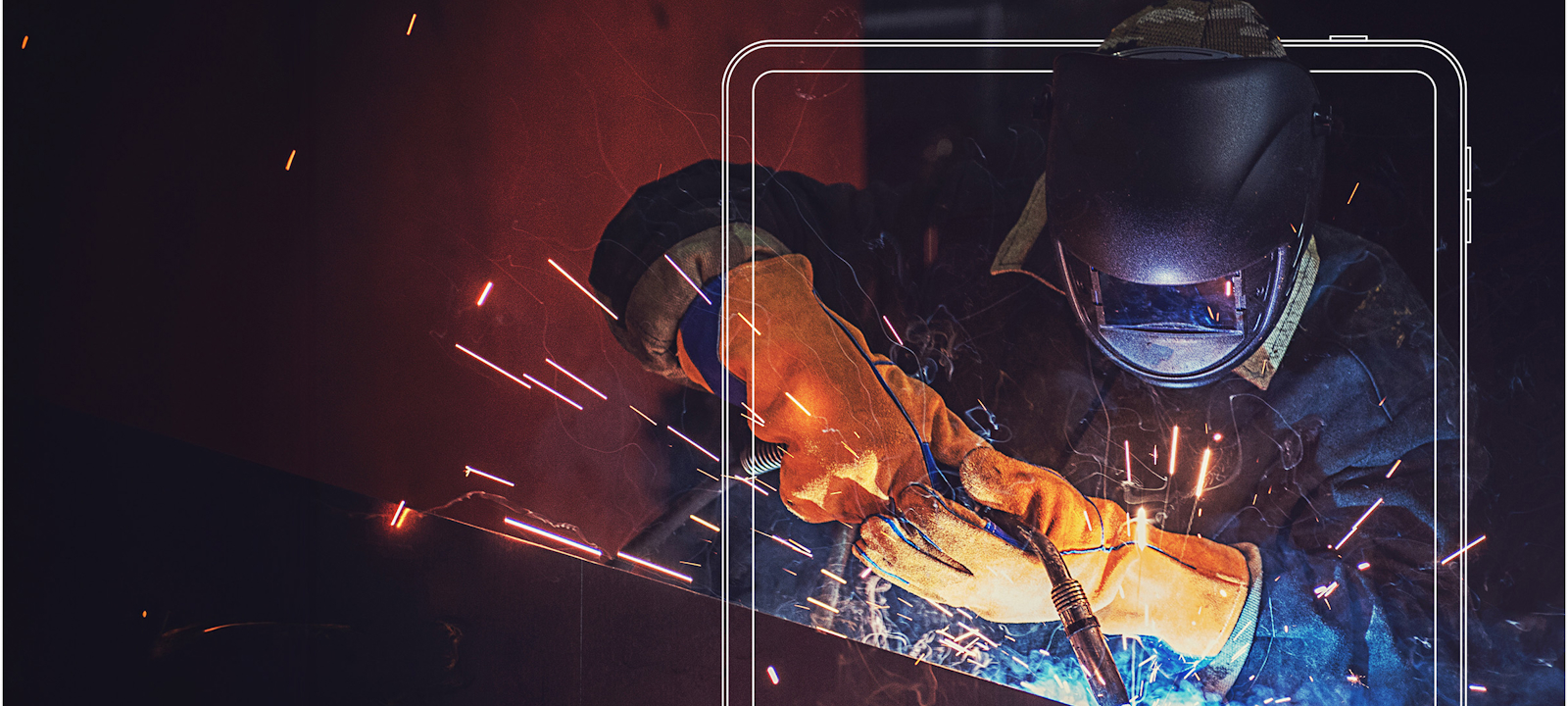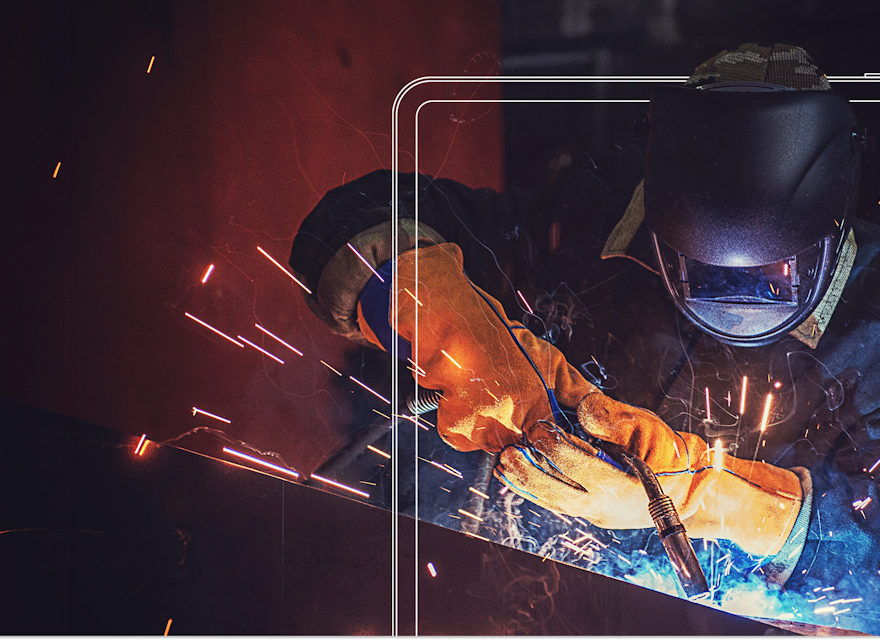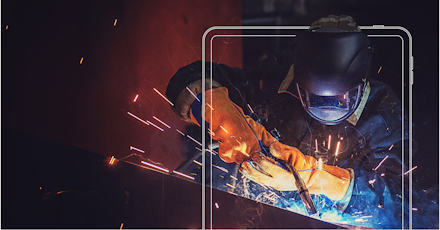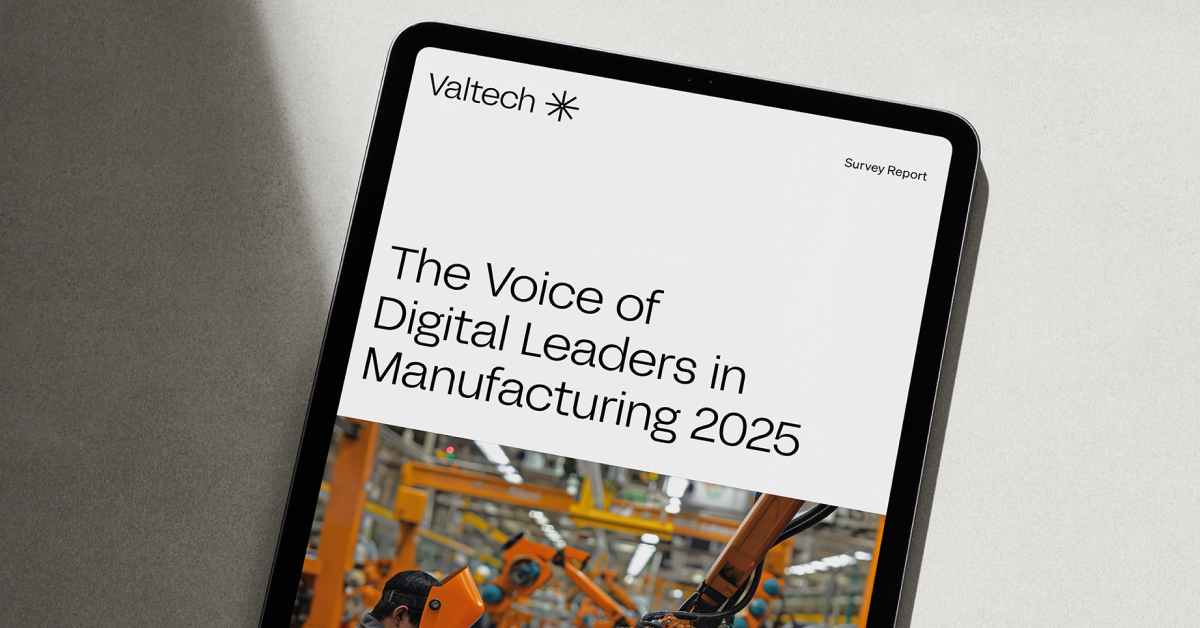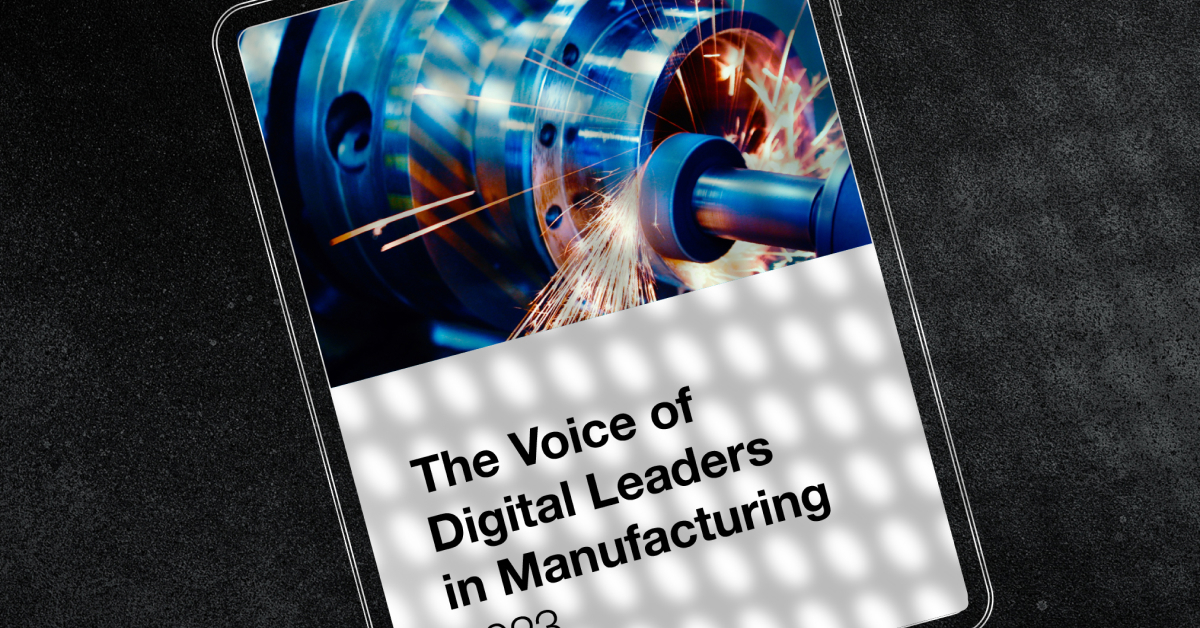Article originally featured in The AI Journal
A recent Valtech and Copperberg survey found that composable architecture – at 43% – has surpassed platform solutions – at 41% – as manufacturers’ preferred IT strategy. Though the gap is no doubt narrow, 2023 is the first year that manufacturers’ appetite for composable has outpaced their use of monolithic platform solutions.
Does this represent a tipping point in the digital transformation of manufacturing? We think so. It’s emblematic of wider changes happening in the industry – the collision of the physical and digital worlds, organizations embracing new outcome-led systems of operation, and the adoption of B2C-style digital customer experience.
But we’re getting ahead of ourselves. What exactly is composable architecture, and why is it so exciting? Let’s dive into it.
When short-term gain becomes long-term pain
For the past decade, manufacturers have been procuring ‘off the shelf’ software like it’s going out of fashion. Of course, buying a monolithic software solution has its benefits. You can get it up and running quickly without thinking about the design or build process. But this short-term gain can end up causing serious long-term pain, as the solution can’t be personalized to meet organizations' evolving needs.
The result? Rather than enabling growth and innovation, your software can end up stifling it. Particularly when organizations have many solutions operating in siloes. Manufacturing is notorious for this, as companies often grow through a series of mergers and acquisitions. Some manufacturers could have over 30 different ERP systems! This can create a highly fragmented IT ecosystem.
Composable software is completely different. Just like Lego, each part of a composable solution is an individual brick, representing a reconfigurable core digital ability. This enables organizations to build a completely personalized IT solution. Implementing a composable IT architecture isn’t one seismic shift, but a series of iterative changes. Some of these can be rolled out quickly to start driving business value, while others will take longer to create an observable impact.
Put simply, composable architecture enables organizations to create a unified IT ecosystem. This can be a game-changer for large industrial manufacturers with hundreds of applications, numerous ERPs and many different CRMs. All these applications and systems contain valuable information. But too often they operate entirely in siloes. By uniting all this data, manufacturers can finally build a full picture of their organization and customer base. This modular approach can help lead them to improved data analytics, operational efficiency and cost savings. This can also act as a springboard for a whole host of other exciting evolutions.
Who is composable right for?
A composable approach isn’t right for everyone. Organizations need to have a certain level of digital maturity and be willing to embark on a larger digital transformation journey. Composable isn’t just a software implementation, it’s a mindset. It’s a set of philosophies and frameworks that enable manufacturers to think more freely, embrace new opportunities and put the customer first.
In the same vein, organizations must have executive buy-in to succeed in adopting a composable approach. One thing we’ve learned over the years is that this requires a top-down line of action. The leadership team must be willing to guide organizational change to drive business value. And not everyone will be comfortable with this. In short, a composable strategy cannot work if your organization isn’t ready for it.
Is manufacturing ready for a mindset change?
In the last few years, we’ve seen B2C organizations surge ahead of the B2B world in embracing composable architecture. In fact, in the Valtech and Copperberg survey, manufacturers stated that two of the biggest hurdles to getting the most out of investments in digital are siloed information and the scattered IT ecosystem. To solve these complex challenges, a composable strategy can form a strong foundation.
This is not to say there are no challenges for manufacturers who adopt a composable approach. The architecture is unique to your company and therefore requires a trial-and-error approach to find what works best and this will take time. Composable workflows are also increasingly complex, made up of multiple components, different interfaces, data formats and processing requirements. This can make management difficult, so businesses need to be sure they have robust data governance frameworks in place which can handle these changes.
Regardless of these complexities, the ‘composable gap’ between B2C and B2B is starting to narrow. Propelled by customer demand, manufacturers that traditionally focused on selling physical products are embracing new digital services to enhance their core offerings. For many, services like predictive maintenance, digital documentation and automated spare part ordering offer the largest margins.
At the same time, we’re seeing a new digitally native generation of decision-makers coming to the fore. Fewer and fewer customers demand an in-person meeting and facility tour from manufacturers before making a purchase. Many are now comfortable with – and even prefer – communicating digitally. These decision-makers expect a seamless digital experience throughout the sales cycle, and prefer to make purchases through ecommerce, rather than picking up the phone to call an account manager. But account managers need not worry, in the world of complex B2B products and services, they remain an important factor in the sales process. Processes in the sales cycle that can be digitized will be, leaving account managers more time for delivering true value added to their customers.
With the promise of lucrative new revenue streams and a more complete understanding of their customers, it’s no surprise that manufacturers are finally investing in building a strong digital ecosystem through composable architecture. Despite the rate of digital transformation investment slowing in the past year, the popularity of composable isn’t waning. That’s because even the most discerning CFOs can see the strong business case and tangible benefits.
The long-term composable vision
Industry research, customer demand, and the mood among decision-makers all point to a bright future for composable software. Composable is great for solving IT problems and creating new revenue streams. But ultimately, it’s about more than that. It’s about improving customer experience, anticipating customer needs through data, being flexible in introducing new digital services swiftly and ultimately positioning manufacturers for long-term success. This is how composable is the future of manufacturing.
